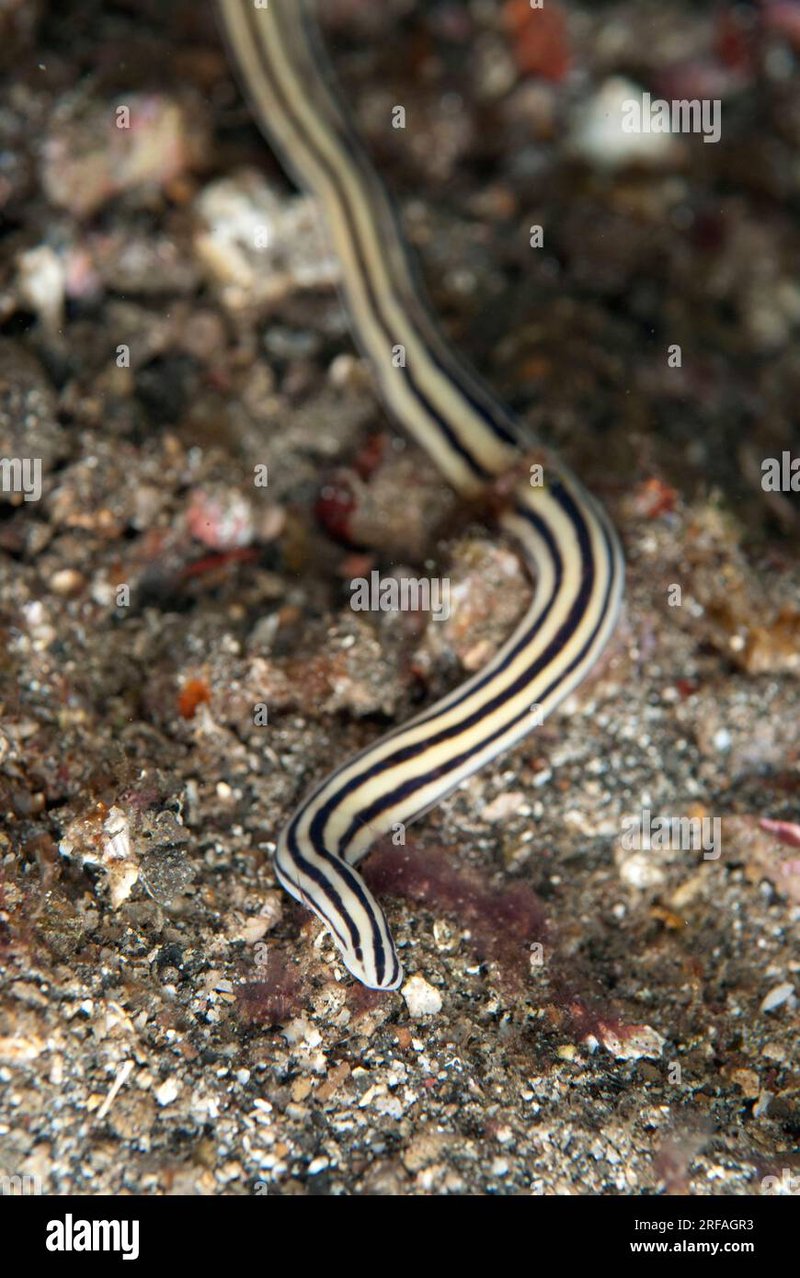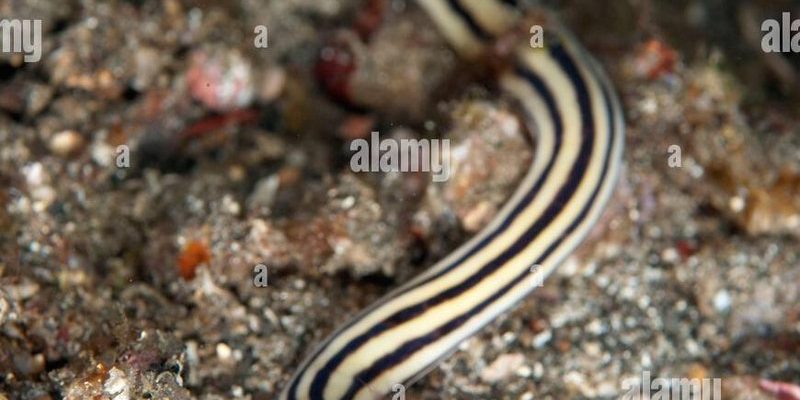
Imagine sitting in a cozy classroom by the sea, where instead of just reading textbooks, you’re exploring the squiggly, vibrant lives of ribbon worms. These creatures can be as long as a yardstick—some even longer! They can light up curiosity with their unusual shapes and behaviors. Integrating ribbon worms into educational programs can spark interest in ocean conservation and inspire students to become future marine stewards. Here’s how we can dive deeper into the world of ribbon worms and their role in education.
What Are Ribbon Worms?
Ribbon worms, also known as Nemerteans, are fascinating creatures that belong to a group of invertebrates. You might be wondering what makes them special. Well, they have unique bodies that can stretch and contract, resembling long, thin ribbons. These worms can be found in various marine environments, from sandy bottoms to rocky shorelines, and they play a vital role in the ecosystem.
One of the most remarkable things about ribbon worms is their predatory nature. They often feast on small invertebrates and can even capture prey using a specialized structure called a proboscis. It’s like a fancy tongue that can shoot out to catch unsuspecting victims. This interesting feeding behavior makes them an excellent subject for exploring concepts such as food webs and predatory relationships in marine ecosystems.
Moreover, ribbon worms exhibit a variety of colors and patterns, making them visually interesting and appealing for hands-on observation in the classroom. Kids love anything that wiggles, so ribbon worms can be a great way to engage learners in marine biology.
Why Use Ribbon Worms in Education?
Integrating ribbon worms into marine education programs can offer numerous benefits. They serve as an excellent example of invertebrate diversity, which is crucial for understanding larger ecological concepts. Here are a few reasons why they’re worth including:
- Hands-On Learning: Kids learn best through experience. Observing ribbon worms in their natural habitats allows for engaging, hands-on exploration.
- Ecological Insights: Studying these creatures helps illustrate the interconnectedness of marine ecosystems. They show how different organisms rely on each other for survival.
- Awareness and Advocacy: Learning about ribbon worms can foster a sense of responsibility in students, encouraging them to protect marine environments.
Using ribbon worms also helps break the traditional molds of marine education. Instead of focusing solely on popular animals like dolphins or sharks, educators can introduce a variety of lesser-known species. This approach allows students to appreciate the complexity and richness of marine life.
Incorporating Ribbon Worms into Curriculum
Educators can weave ribbon worms into various subjects, from biology to art. Here are a few ideas on how to do it:
1. Hands-On Dissections
Dissections can be a thrilling way to learn about anatomy. Students can carefully explore the body structures of ribbon worms, examining their organ systems and learning how they function. This activity brings science to life and helps students grasp concepts like evolution and adaptation.
2. Art Projects
Why not allow students to express their creativity? They can create vibrant models of ribbon worms using craft materials. This activity combines art with science, solidifying the knowledge they’ve gained about these creatures while letting their imaginations run wild.
3. Field Studies
Organizing field trips to coastal areas can provide hands-on experience. Students can participate in beachcombing activities to search for ribbon worms and other marine life. Learning outdoors connects students with nature and deepens their appreciation for marine environments.
Environmental Significance of Ribbon Worms
Ribbon worms hold important ecological roles in their habitats. They’re not just fascinating to look at; they contribute to the health of marine ecosystems. Here’s a closer look at their environmental significance:
- Prey and Predator: Ribbon worms are both predators and prey. They help control populations of smaller invertebrates, ensuring a balanced ecosystem.
- Bioturbation: As they burrow in sediments, ribbon worms disturb the soil, leading to better nutrient distribution and promoting the growth of other marine life.
- Indicators of Ecosystem Health: The presence of ribbon worms can indicate a healthy marine environment. Monitoring their populations can give insights into the ecosystem’s overall well-being.
By teaching students about their roles, we can encourage a deeper understanding of biodiversity and the importance of conserving marine ecosystems.
Challenges in Studying Ribbon Worms
While ribbon worms are fascinating, studying them can come with challenges. First, their habitat preferences can make them difficult to find. They might hide in tight spaces, making field studies tricky. Plus, the diversity of ribbon worm species means they can look quite different from one another, which can be confusing for beginners.
Some students may find it challenging to grasp the ecological concepts associated with ribbon worms. Educators should encourage questions and discussions to clarify these ideas, making it easier for students to connect the dots in marine biology.
Also, since ribbon worms are often overshadowed by more popular marine species, there might be a lack of resources and materials available for teaching. Educators can get creative by developing their own lesson plans and materials that highlight these unique creatures.
Using ribbon worms in marine education programs isn’t just a fun activity; it’s a gateway to understanding the intricacies of ocean ecosystems. By exploring these unique creatures, students learn critical concepts about biodiversity, ecological relationships, and conservation. The more we can connect students to the wonders of marine life, the more likely they are to become passionate stewards of our oceans.
Incorporating ribbon worms into educational programs introduces students to the lesser-known yet equally important aspects of marine biology. So, let’s embrace the squiggly charm of ribbon worms and inspire the next generation of marine advocates!

